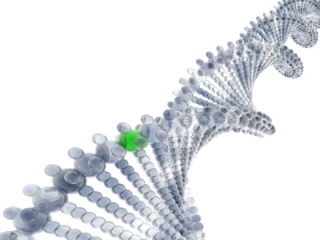
In the past, scientists have primarily examined the mtDNA of ancient DNA. After all, mtDNA is much more prevalent (100’s to 1000’s of copies per cell) than nuclear DNA (just 1 copy per cell) and thus it is easier to find samples that are not degraded by time. New amplification techniques as well as improved anti-contamination procedures have made it possible for Y chromosomal DNA to be
In a new study (epub ahead of print – which means that it is available online before it is published in Human Genetics), researchers examined the remains of male skeletons that were buried in the loessal soil in Maqiao, Xindili, Wucheng, Daxi, and Taosi, areas along the Yangtze River. Interestingly, these skeletons were buried without chests or coffins. Using a well-established set of anti-contamination procedures, DNA was extracted and five SNPs were typed for each individual (when possible): M119, M95, M122, M7, and M134. According to YCC nomenclature, those SNPs delineate the O1, O2a, O3*, O3d, and O3e haplogroups. The scientists found that:
“[A]t least 62.5% of the individual remains (30 out of 48) belong to O haplogroup, which is still the major haplogroup of today’s East Asians. These ancient results, consequently, did not differ from the modern populations. The resulting DNA types thus made “phylogenetic sense†(the Y chromosome haplogroup structure), helping to verify the authenticity of the ancient DNA.â€
Citation:
Li H, Huang Y, Mustavich LF, Zhang F, Tan JZ, Wang LE, Qian J, Gao MH, Jin L. (2007) Y chromosomes of prehistoric people along the Yangtze River. Hum Genet. 2007 Jul 27; [Epub ahead of print].
2 Responses
Comments are closed.